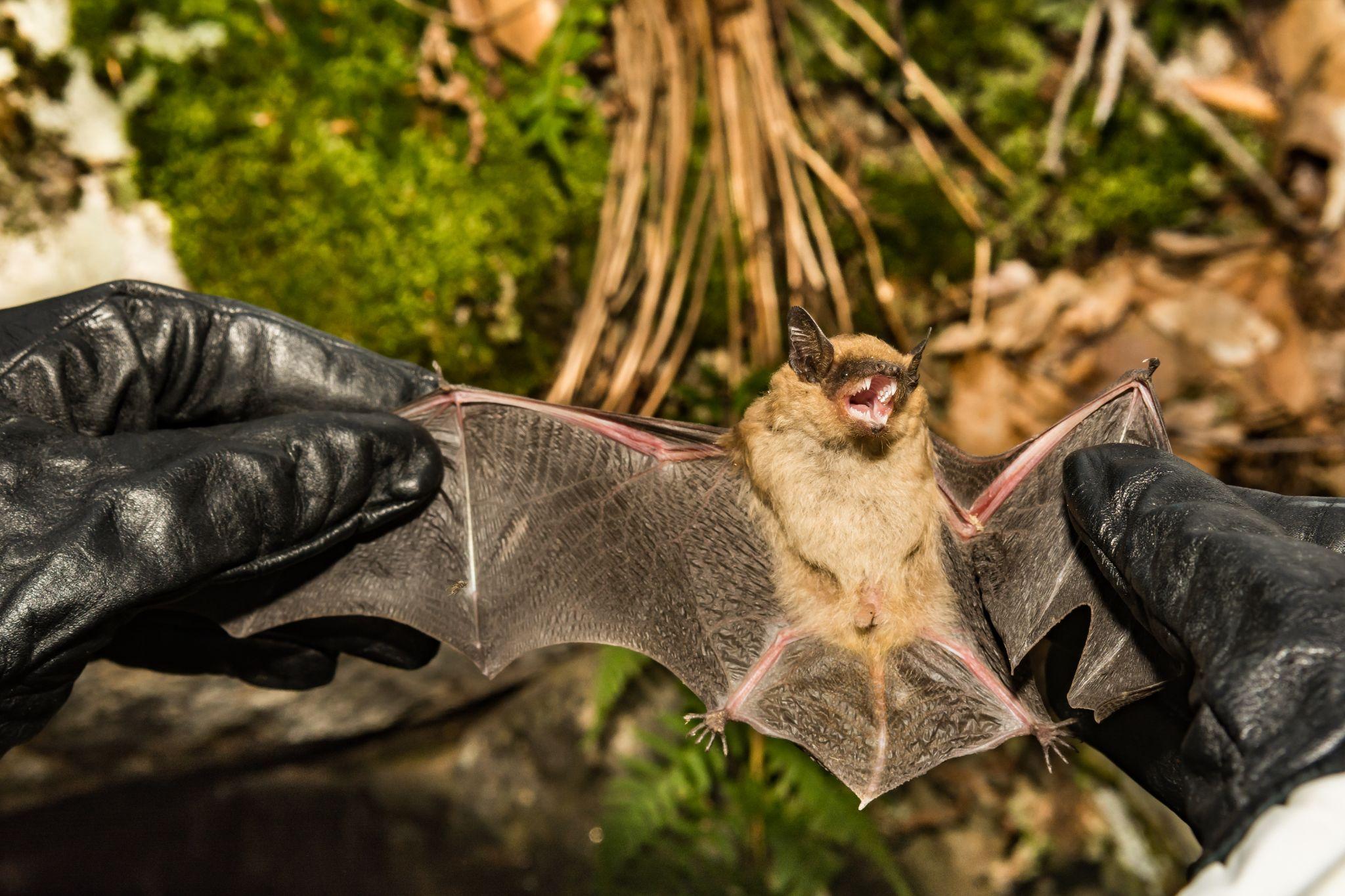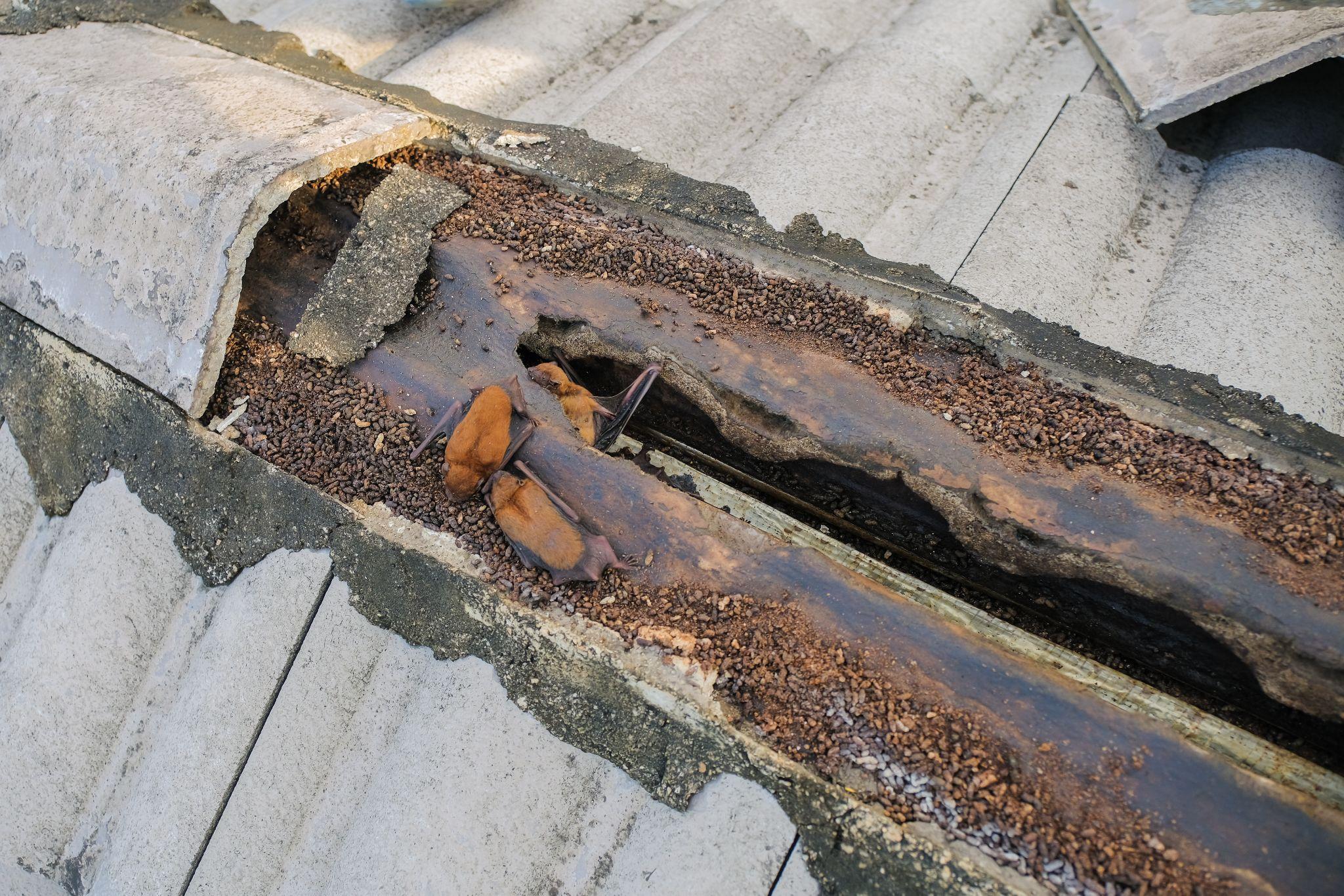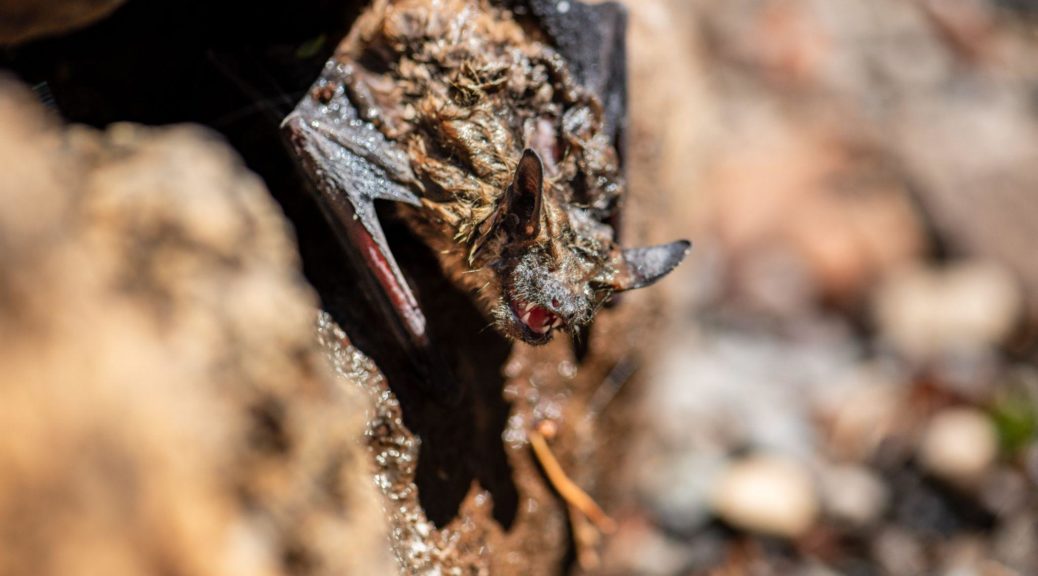Bats in Southern California keep insect populations in check and are pollinators and seed spreaders, and all these are essential ecosystem roles. However, bats also carry diseases dangerous to public health, which is why it’s so important to ensure their removal if you find evidence of these wild animals in your home.
Why Bats Carry Diseases
California’s several species of bats are natural carriers or vectors of infectious disease. This is mainly due to the way bat populations live. In their roosts, bats snuggle together for warmth. This creates many opportunities for viruses and bacteria to spread between them. The roost is also the place where bats urinate and defecate. If disturbed and inhaled, bat guano can harm humans.
Most viruses cannot survive temperatures above 104 degrees F, which is the approximate internal temperature of a bat during flight. Therefore, many of the diseases that are passed from one individual to another in the roost are killed before they make the bat ill.
However, those viruses and bacteria that are able to tolerate these temperatures remain and are the ones that are of concern to human health.
Zoonotic Diseases That Bats Carry

Bats carry several diseases that are zoonotic or directly transmissible to humans without an intermediate host.
Rabies
There is a longstanding belief that all bats carry rabies. It’s true that a small percentage of bats do carry the disease. As well, the chances of contracting rabies is very low, simply because bats don’t typically attack humans. However, an infected bat living in an attic can enter a bedroom and bite a human. A bat may not appear ill, but may bite a human or pet who tries to capture it.
Whether or not a bat appears ill, any bat bite to a human or pet should receive immediate medical attention. A rabies vaccine must be given before symptoms appear to avoid high fatality risk.
Leptospirosis
Leptospirosis is a bacteria that lives in the urine of infected bats and other animals in the United States. Although rare, this bacteria can be fatal if contracted by a human. As well, while bats are not the main carriers of leptospirosis, handling bats or their waste without hand or eye protection can cause transmission of the bacteria to humans through mucous membranes and broken skin.
Left untreated, leptospirosis is rarely fatal. However, it can cause complications in some people. Muscle pain, headaches, and fever, along with nausea and vomiting, are all symptoms of leptospirosis, which can be treated with antibiotics.
Histoplasmosis

Histoplasmosis is a fungus that can be transmitted by Southern California bats to humans. Affecting the respiratory system, histoplasmosis is found in bat guano and, when disturbed, releases spores that can be easily inhaled unless a person is wearing protective equipment.
Once infected, a person can experience flu-like symptoms at the outset. If left untreated, histoplasmosis can affect hearing, vision, and the heart. In its later stages, the fungus can cause fever, blood abnormalities, pneumonia, and death.
Salmonella
Close contact with bats can cause the transmission of salmonella bacteria. The diarrhea, fever, headache, vomiting, and abdominal pain associated with this bacteria can usually be treated with fluids and rest. In some cases, medically administered hydration may be necessary.
What to Do if You Suspect Bats Have Invaded Your Home
If you hear squeaking, scratching, and movement in your attic, notice bats entering and exiting your home during early morning and dusk, or notice a strong ammonia smell in your home’s upper levels, chances are good that bats are roosting in your home.
Female bats nurse their young during the summer months and leave with them between late August and early September. Regardless of the time of year you discover bats in your home, it’s important to have your property inspected by an experienced professional.
With over two decades of experience and a state trapping license from California’s Department of Fish and Wildlife, Animal Capture Wildlife Control uses a bat exclusion device to protect bat species. It allows individual bats to exit your home safely and humanely, but not re-enter. Our bat experts then seal all areas of existing and potential entry.
Learn more about our bat services online or by calling 310-551-0901.
